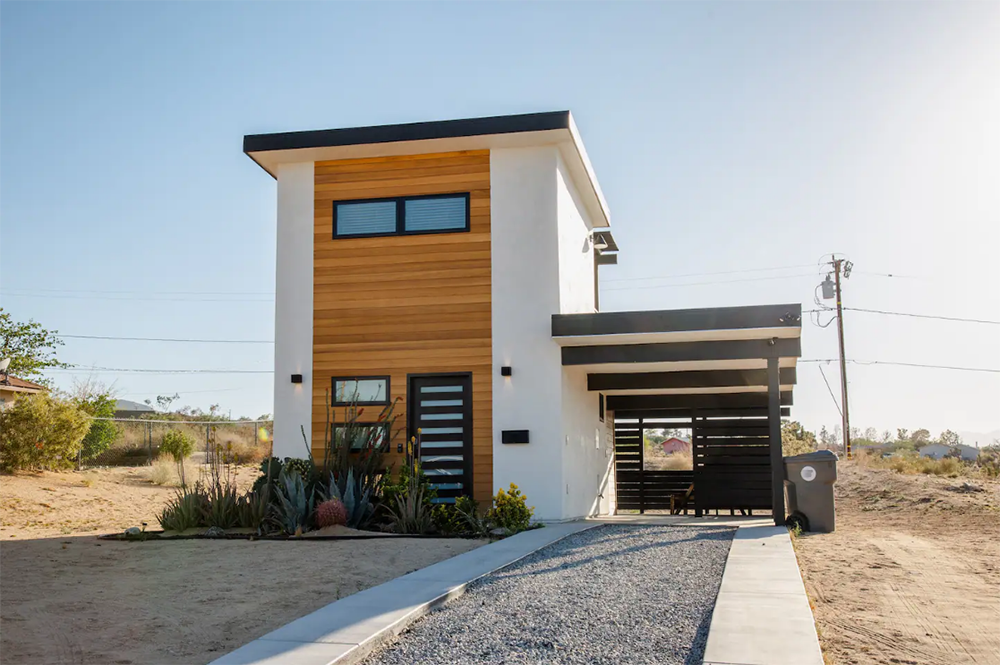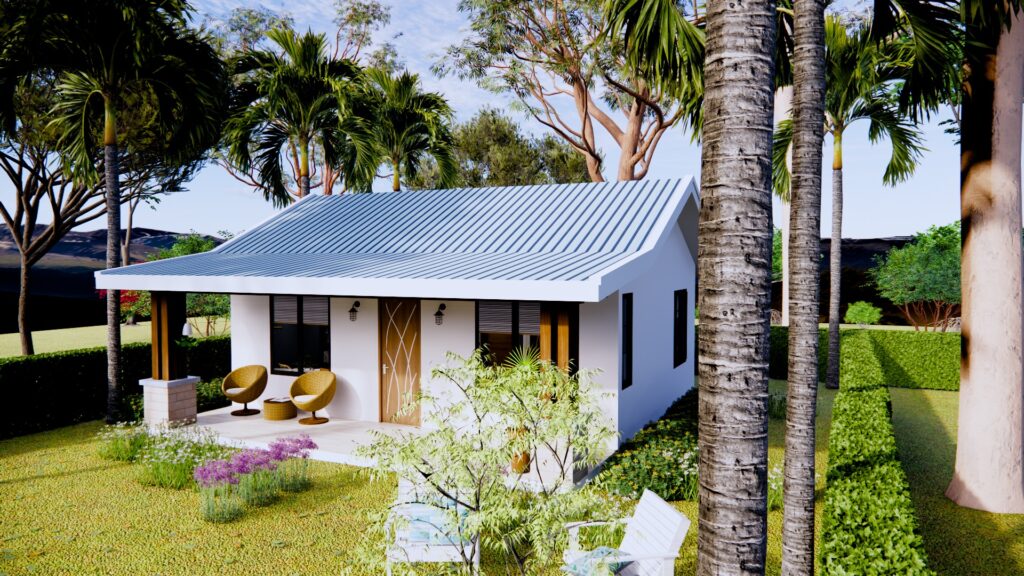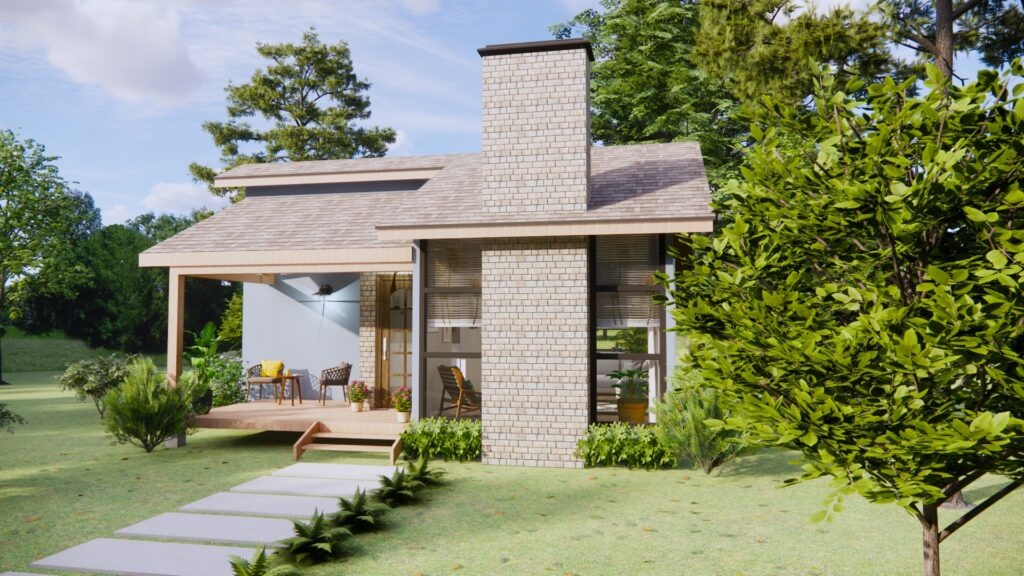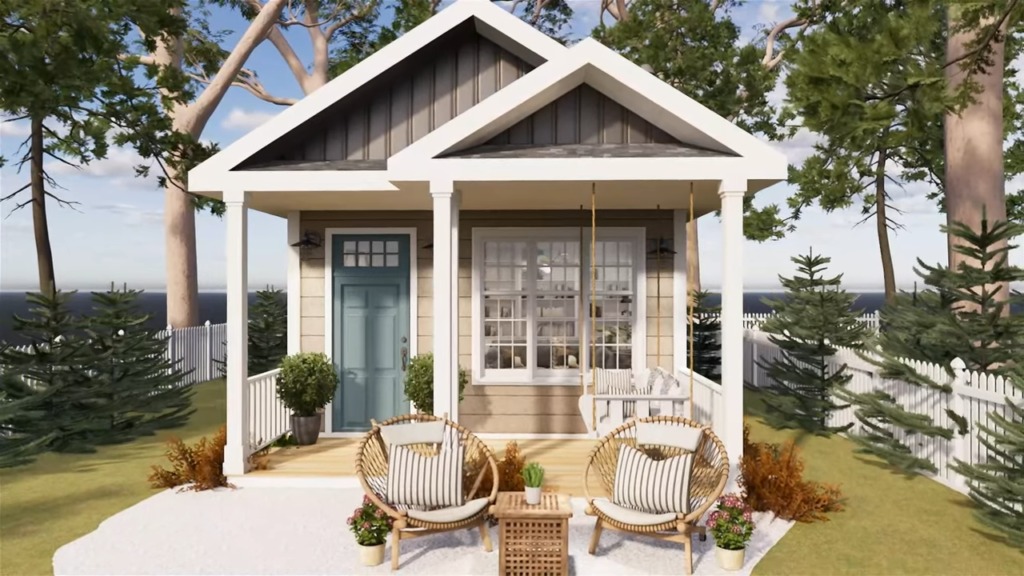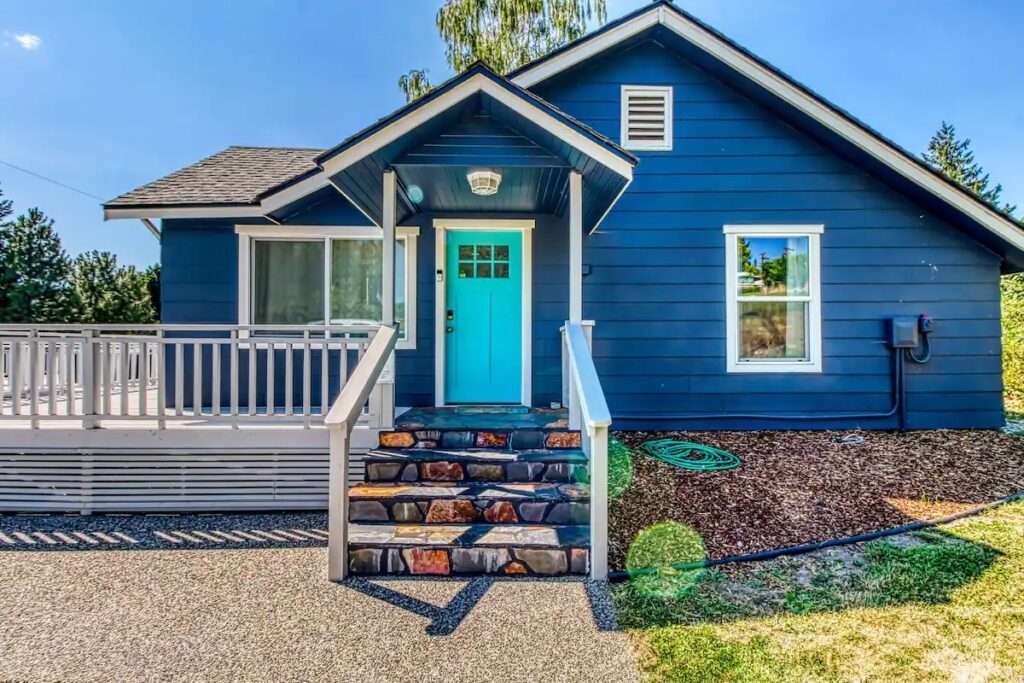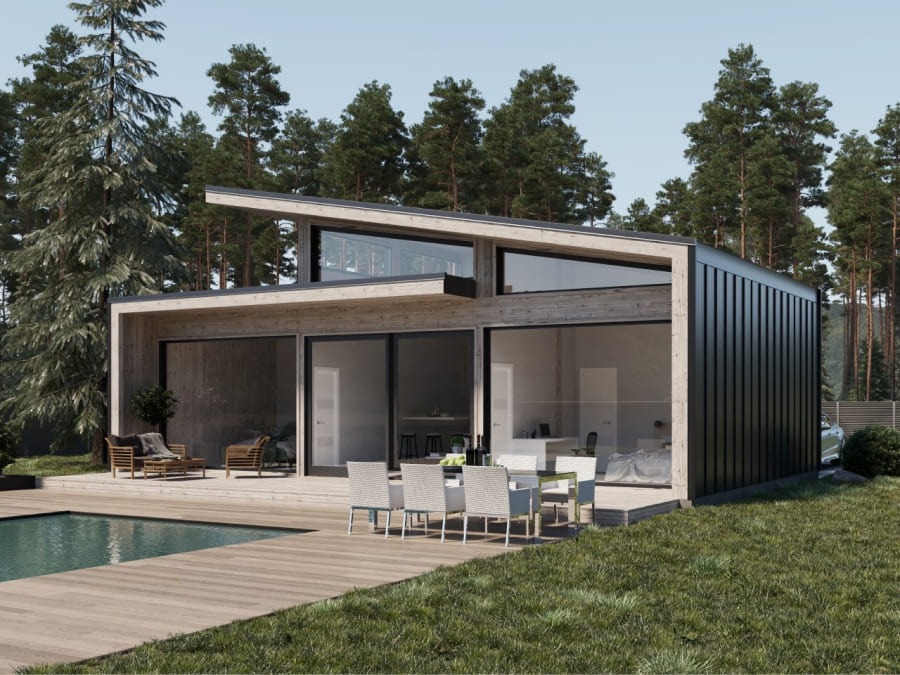
Tiny houses, which will be used for many years, are increasingly popular today. These houses offer not only living space but also a design approach that supports an environmentally friendly and sustainable lifestyle. Tiny houses reflect the essence of minimalist life, reducing unnecessary consumption and encouraging people to live a life more in touch with nature. These houses, which stand out with their longevity and environmental friendliness, also dazzle with their designs that combine aesthetics and functionality.
In the design of such houses, maximizing functionality and effectively using every square centimeter of space plays an important role. Creative storage spaces, multi-purpose furniture, and open-plan arrangements are among the strategies used in tiny homes. In addition, large windows and open spaces are preferred to make interior spaces appear larger and more spacious by using natural light at the maximum level.
The selection of durable and quality materials is critical for tiny houses to be used for many years. Materials focused on sustainability and energy efficiency ensure the longevity of tiny houses while minimizing their impact on the environment. In addition to natural materials, materials obtained from recycled and renewable resources can also be preferred.
The longevity of these houses also depends on their ease of maintenance. Easy-to-clean surfaces help the house maintain its new appearance in the long run. At the same time, tiny houses have a flexible and modular structure and can be rearranged and expanded according to changing needs. This feature enables users to create a living space that suits their needs, making it possible to use the houses for many years.
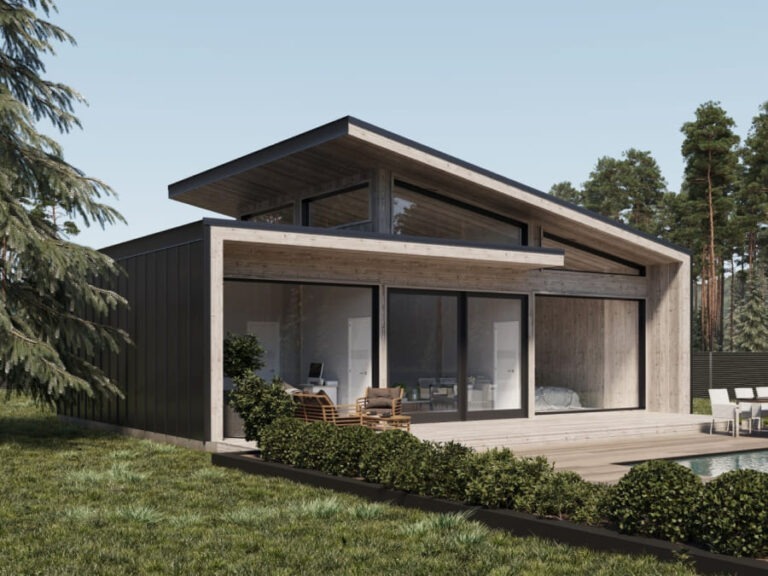
For the long-term use of tiny houses, it is also of great importance to ergonomically design the living spaces and arrange them to ensure the comfort of the users. Furniture selections and arrangements should be structured according to users’ needs and lifestyles. In addition, good ventilation systems and the use of natural materials should also be considered for healthy indoor quality.
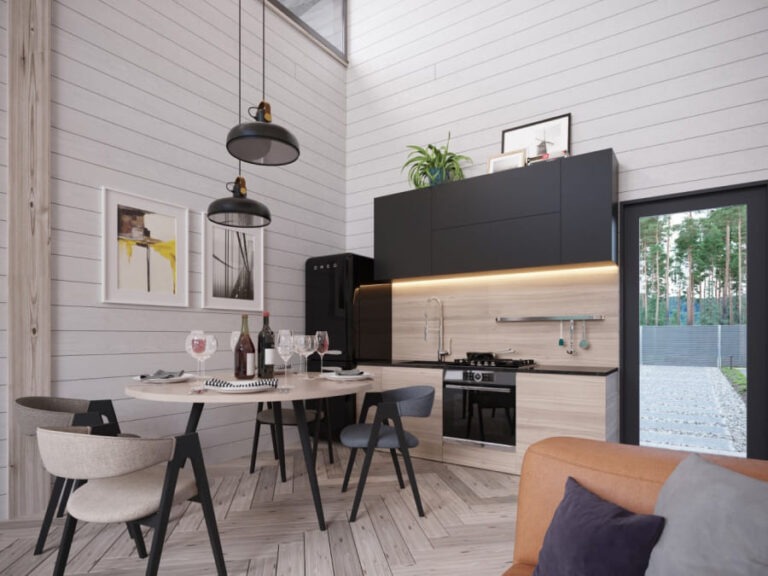
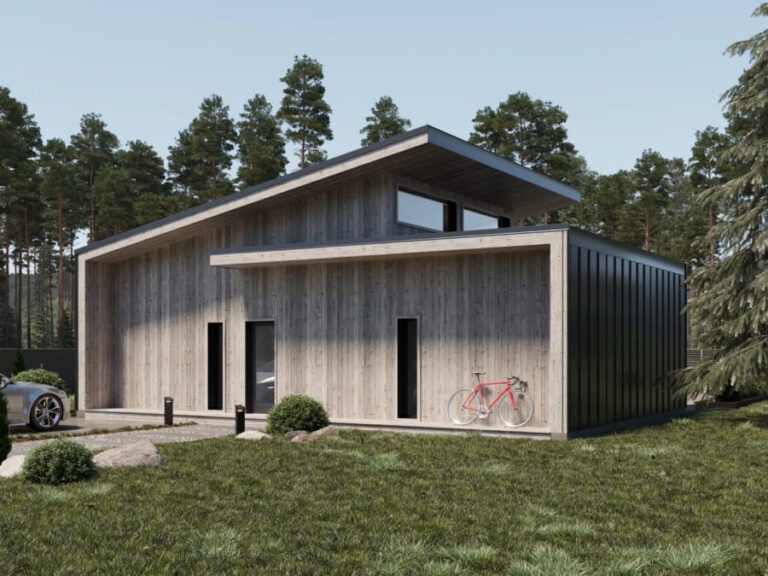
In order for tiny houses to be used for many years, maintenance and repair processes must be carried out regularly. Periodic maintenance protects the structural integrity of the house and reduces repair costs by detecting possible damage in advance. In addition, the exterior of the house should be checked at regular intervals and necessary maintenance should be carried out to ensure that it is resistant to climatic conditions.
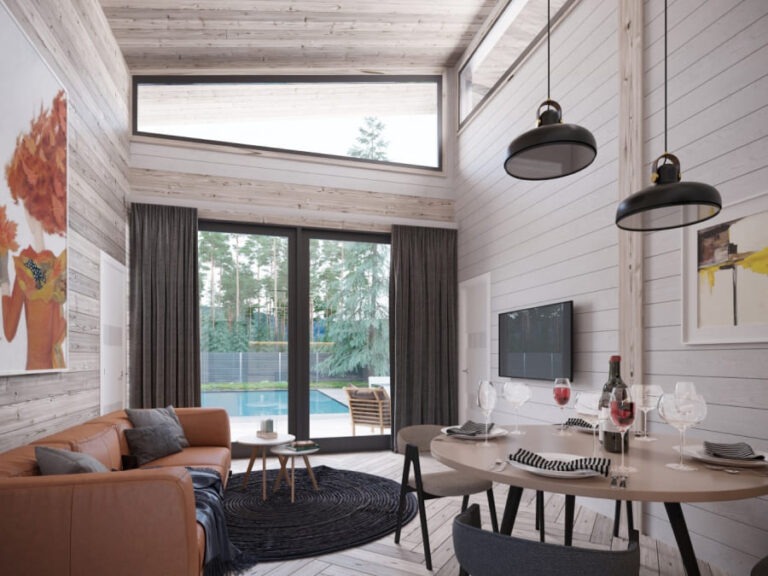
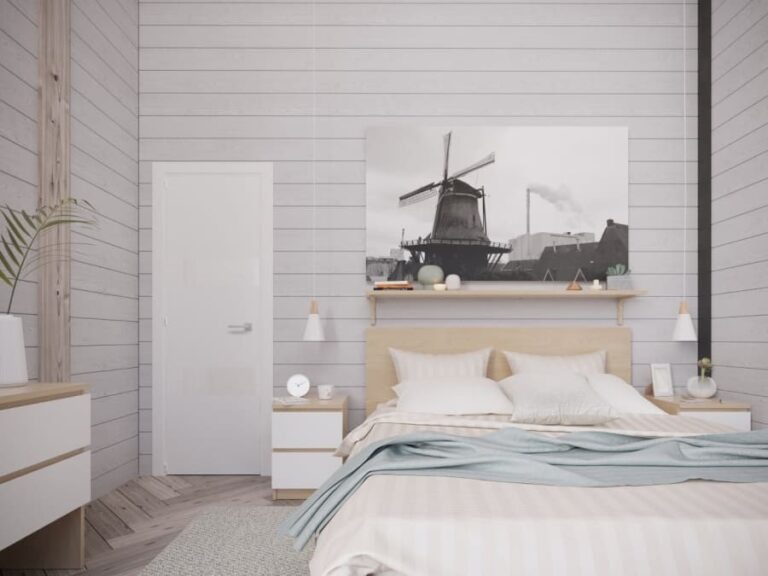
Long-term use of tiny houses also depends on taking safety precautions. Security systems and planning against fire, theft and other emergencies must be integrated to ensure the safety of homeowners and residents. Equipment such as security cameras, alarm systems and fire suppression equipment support the longevity and usability of the home.
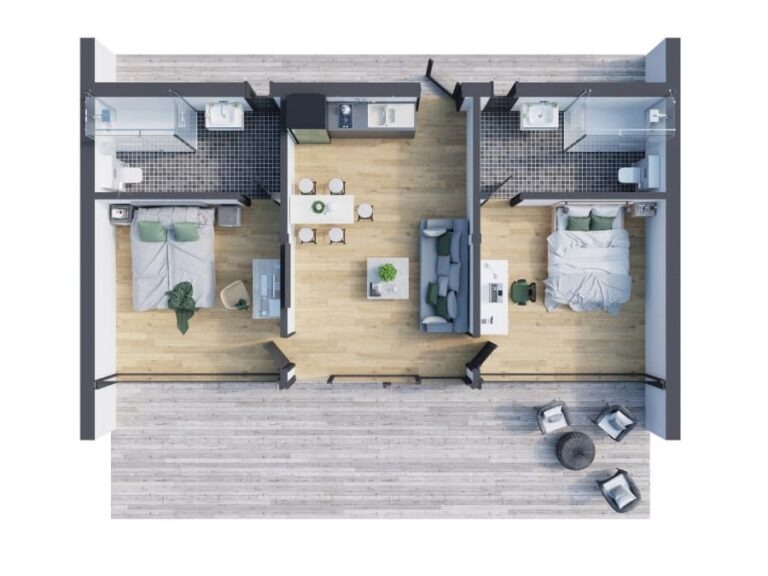
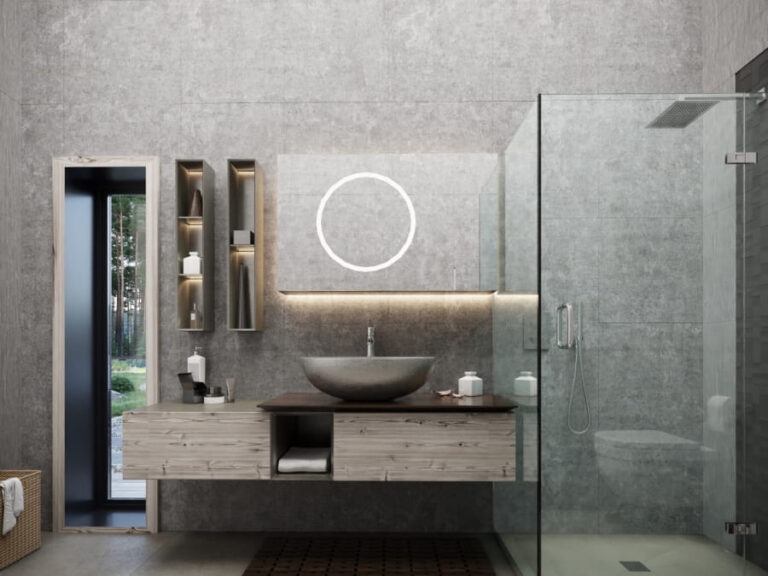
The fact that such houses can be used for many years is also related to the solidarity and support of the society. Tiny house communities and the support of others who embrace this concept encourage users to live together, exchange ideas, and mutual aid. This support also allows new ideas to be shared and the tiny house lifestyle to thrive.
